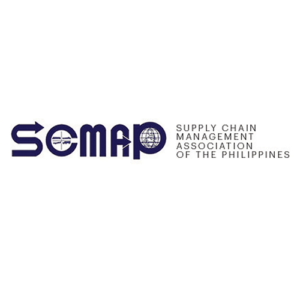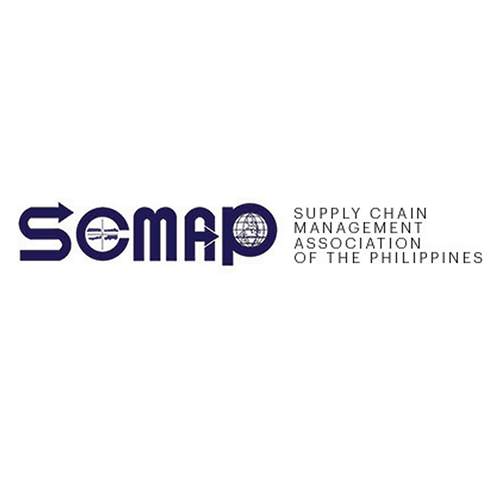Among the many infrastructure projects mooted by the Duterte administration during its six-year term were several bridges connecting the Philippines’ major islands.
The benefits are obvious from a mobility standpoint. It will drastically cut travel time between islands, with commuters likely to just drive or take land transportation rather than boarding sea vessels. Logistics costs and delivery times will be reduced, while reliability should improve as there would be fewer transfer points along the journey. These projects would also have an immediate contribution to the economy, as construction would generate jobs and increase government spending. And of course, there’s a political perspective: nothing beats the PR value of a hero shot telling the Filipino people that the government got something done.
should improve as there would be fewer transfer points along the journey. These projects would also have an immediate contribution to the economy, as construction would generate jobs and increase government spending. And of course, there’s a political perspective: nothing beats the PR value of a hero shot telling the Filipino people that the government got something done.
Of the many bridges mooted, only one has progressed to the construction phase. The 3.8-kilometer Panguil Bay Bridge aims to reduce travel between Tangub, Misamis Occidental and Tubod, Lanao del Norte from two hours by ferry to seven minutes by car; it is set to partially open next year. The Davao-Samal Bridge is also set to start construction soon, although there are concerns over its environmental impact. Meanwhile, the Marcos government has committed to fast-track work on the 32-kilometer Bataan-Cavite Interlink Bridge, which aims to improve transport links between two major industrial hubs and decongest Metro Manila.
Other bridge projects floated – including bridges connecting major port cities of Matnog, Sorsogon and Allen, Samar, as well as the islands of Panay, Guimaras and Negros – remain in the feasibility study phase, as the high levels of investment needed becomes clear in light of current global economic difficulties.
Now, investment in infrastructure – particularly in alternative modes of transport – is definitely needed to improve our country’s supply chain networks. Consider the findings from the Department of Trade and Industry’s most recent Logistics Efficiency Indicators survey. 7.6% of businesses’ annual sales go to transport and cargo handling costs. This share is higher for locators outside of Metro Manila: those in Region 7, for example, have transport costs at 7.2% of total sales, compared to just 6.2% for businesses based in the capital. Region 7 businesses also talk of longer order cycle time and transportation lead time, as well as higher customer complaint and return rates – the result of lower logistics reliability due to multiple transfers that have to be done when transporting products by sea. One imagines these figures will improve if inter-island land transport becomes a viable option.
But, again, these bridges cost a lot of money. The Panguil Bay Bridge – the country’s longest bridge once completed – costs PHP 6.4 billion. The Bataan-Cavite Interlink Bridge is set to cost PHP 175.7 billion. Estimates for the proposed Matnog-Allen bridge are at a whopping PHP 300 billion, according to the National Economic and Development Authority. The benefits to our supply chains are undeniable, but how much of a dent will it make on our logistics cost? One imagines some of these bridges will require a toll (much like the Cebu-Cordova Link Expressway) and it may turn out to not be economical for businesses and truckers alike.
Will these bridges remain viable transport options regardless of the conditions? It’s an important question considering we are beset by stronger typhoons and situated firmly on the Ring of Fire. Proposals for the Matnog-Allen bridge, as well as one connecting Leyte and Surigao – a pretty crucial road link connecting all of the country’s major regions – is very much on the path of typhoons, for instance. I suppose it’s why the costs are high: to make these bridges more resilient than most. I can’t help but ask, though: why not tunnels?
Finally, what about other forms of transportation, especially existing ones? We should not put all of our eggs in one basket. We should also intensify efforts to modernize the ports that are currently serving our islands – and also make sure that progress does not come at an exorbitantly high cost for local businesses and transporters. As we continue to figure out whether these bridge proposals are worth the effort or bound to just be white elephants, we should not forget that the best way to keep our supply chains moving is to provide and develop different modes of transport. This also means ensuring our seaports and airports competitively serve the needs of the regions that house them, and our shipping lines and airlines are given ample support.
Also, considering the government’s commitment to redeveloping our rail networks: why not use these bridges for both road and rail links? Imagine our trains going beyond Bicol, going towards Samar, Leyte and the CARAGA region, and connecting to the proposed Mindanao rail network. That would make cargo rail truly cost-effective for businesses. That would also take a lot of time and resources to develop. One hopes these infrastructure projects aren’t there mostly for the PR value.
PREVIOUS COLUMN: A Deeper Knowledge
Henrik Batallones is the marketing and communications director of SCMAP, and editor-in-chief of its official publication, Supply Chain Philippines. More information about SCMAP is available at scmap.org.





